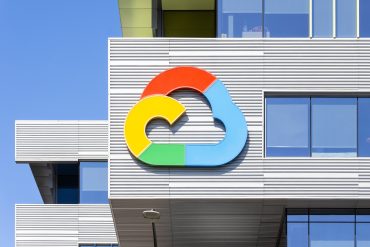

Google Photos enhances photo editing with AI-powered HDR tools that preserve image quality across all modifications
Key Takeaways
- Google Photos eliminates HDR editing limitations by preserving Ultra HDR metadata during edits with tools like Magic Eraser and Photo Unblur, solving previous duplicate image issues.
- New Ultra HDR intensity slider launches allowing users to adjust HDR effects from 0 to 100, providing granular control over image brightness and contrast previously unavailable.
- AI-powered SDR to Ultra HDR conversion debuts enabling users to upgrade standard photos to HDR format directly within Google Photos using machine learning algorithms.
Introduction
Google Photos transforms its Ultra HDR capabilities with machine learning-powered editing tools that preserve high dynamic range metadata during photo modifications. The update addresses longstanding user frustrations where editing Ultra HDR images would create duplicate copies or strip away HDR effects entirely.
The enhancement represents Google’s strategic push into AI-powered photo management, leveraging Android 14’s native Ultra HDR support to deliver professional-grade editing without quality degradation. Users can now edit Ultra HDR images while maintaining full dynamic range and essential metadata.
Key Developments
Google Photos previously downgraded Ultra HDR images to standard dynamic range when users applied popular editing features. The platform’s machine learning algorithms now maintain HDR metadata throughout the editing process, eliminating the need for duplicate image creation.
The update introduces an “Ultra HDR” editing tool featuring a precision slider that adjusts HDR intensity across a 0-100 scale. This granular control replaces the previous binary on-off HDR functionality, giving users fine-tuned adjustment capabilities.
Google Photos now converts standard SDR images to Ultra HDR format using AI algorithms that estimate missing brightness details. The feature appears under the “Adjust” tab and works by embedding both SDR and HDR data within compatible JPEG files.
Market Impact
The enhanced Ultra HDR functionality positions Google Photos ahead of competing photo management platforms that struggle with HDR metadata preservation. Most photo applications can open Ultra HDR files but lose the HDR effect without specific coding support.
Google’s machine learning integration creates competitive advantages in cloud-based photo editing, potentially driving users toward paid storage plans as enhanced Ultra HDR images increase file sizes. The company’s investment in AI-powered consumer tools solidifies its leadership position in the photo management sector.
Strategic Insights
Google’s phased rollout strategy targets Android devices and Pixel phones first, creating anticipation while allowing testing and refinement. This approach generates word-of-mouth marketing while demonstrating the platform’s advanced capabilities to early adopters.
The Ultra HDR backward compatibility with standard JPEG format encourages broader developer adoption and maintains ecosystem lock-in effects. Users benefit from seamless sharing across HDR and non-HDR devices while remaining within Google’s storage and editing environment.
Enhanced photo storage requirements may drive subscription revenue growth as users exceed free storage limits. However, efficient gain map technology potentially reduces file sizes compared to traditional HDR formats, balancing storage costs.
Expert Opinions and Data
According to Forbes, the update addresses technical challenges where photo applications could access Ultra HDR files but lost essential HDR effects without proper coding support. The publication highlights Google’s machine learning approach as crucial for maintaining dynamic range during edits.
Google explains that HDR photos now retain “full dynamic range and HDR metadata even after editing with these features,” emphasizing the technical breakthrough in metadata preservation. The company positions upgraded photos as delivering “brighter highlights, deeper contrast, and stunning clarity” on HDR-capable displays.
Industry analysts note that Google’s AI-powered consumer tools strengthen its competitive position in cloud-based photo management. The strategic investment demonstrates the company’s commitment to maintaining market leadership through advanced editing capabilities.
Conclusion
Google Photos’ Ultra HDR enhancement establishes new standards for cloud-based photo editing by combining machine learning preservation techniques with user-friendly intensity controls. The update eliminates technical barriers that previously frustrated users while expanding creative possibilities through SDR-to-HDR conversion.
The strategic rollout reinforces Google’s position in the competitive photo management market while creating pathways for increased storage revenue. Enhanced editing capabilities without quality loss represents a significant advancement in consumer photo technology.








